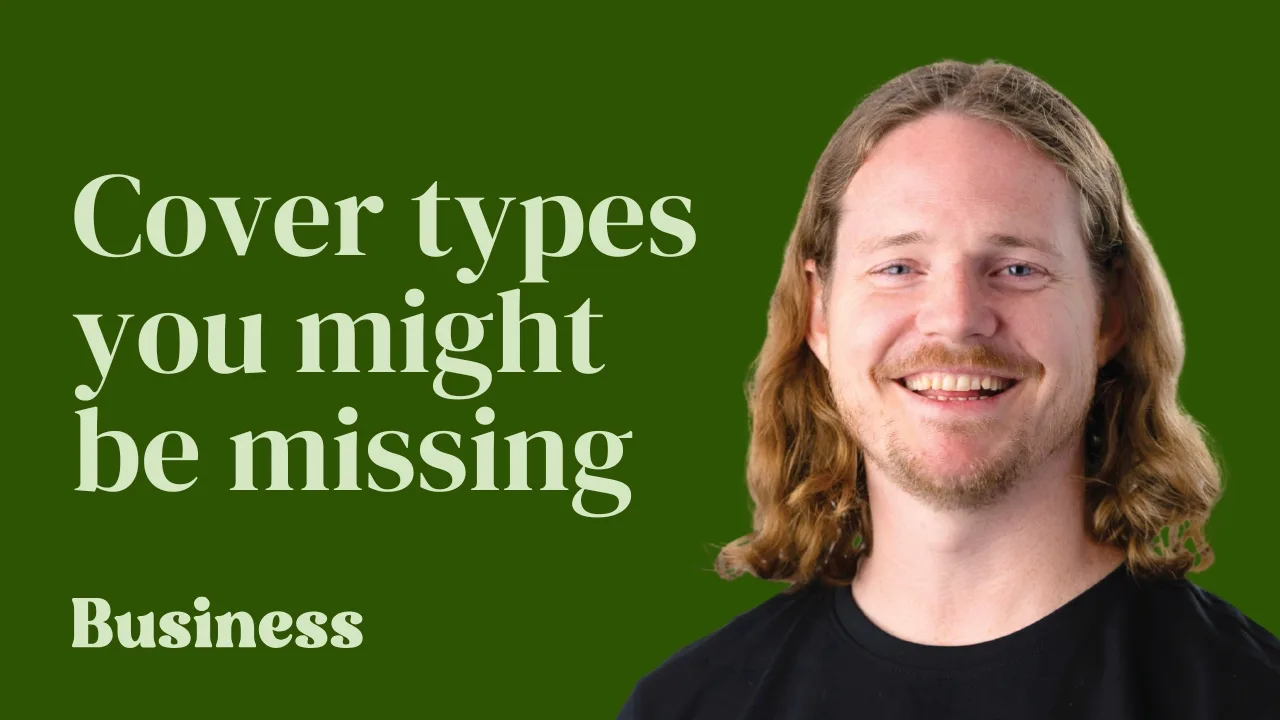Afterpay Touch Group Limited (ASX: APT) shares closed slightly lower at around $12 on Wednesday despite recently hitting more than $20.
Let’s take a quick look at some of its headwinds and tailwinds as we move towards 2019.
What does Afterpay Touch Group (Afterpay) do?
Afterpay offers consumers the opportunity to buy products now and pay later, at businesses ranging from Kmart to Jetstar. Afterpay enables a customer to split their purchase cost over 4 consecutive fortnightly payments. Zero interest is charged, however late fees apply if repayment is missed.
The growth story so far
Afterpay has experienced phenomenal revenue and share price growth in 2018, and attained ‘market darling’ status in the process.
Revenue grew a staggering 390% in its 2018 financial year, and has been fuelled by a surge in retailers offering Afterpay and the increasing number of consumers electing to ‘buy now and pay later’ over traditional payment methods such as credit or debit card.
Afterpay now has over 2.3 million active customers and is expanding globally in the U.S and the U.K in the near future. As a result, the share price has risen significantly in the year to date, however, it has done so with a high amount of volatility (click here to learn what volatility means).
Some Risks to Consider
The rapid growth in the ‘buy now pay later’ industry has prompted ASIC’s attention, who recently released a report titled “REP 600 Review of buy now pay later arrangements”.
ASIC found that the outstanding balances owed by consumers to buy now pay later providers now exceeds $900 million and there are indications that some consumers are struggling with their repayment obligations. Buy now pay later providers are currently not obligated to adhere to the responsible lending obligations in the National Credit Act.
Stronger regulation on Afterpay would certainly cause a drag on growth and a rise in compliance costs. So too would a spike in bad debts caused by customers who can’t repay their credit.
There is now a growing number of competitors offering comparable products to Afterpay, including Zip Co Ltd (ASX: ZIP), Oxipay and Openpay to name a few. Retailers may engage an alternative ‘buy now, pay later’ provider if they charge a lower fee than Afterpay – or if they offer extended repayment times.
Retailers currently pay Afterpay a fee nearing 5% of the transaction value. As competition increases, I think there will be increased pressure on Afterpay to lower its fees.
Is Afterpay Touch Group a Good Bet?
Although there is an opportunity for tremendous growth in the USA and overseas, this must be weighed against the potential risks facing the business.
In my view, the risks facing Afterpay are equal to or greater than the opportunity for growth, and therefore it may be best to stay on the sidelines for now.
2 Tech Growth Shares For 2019 & Beyond
[ls_content_block id=”14947″ para=”paragraphs”]









